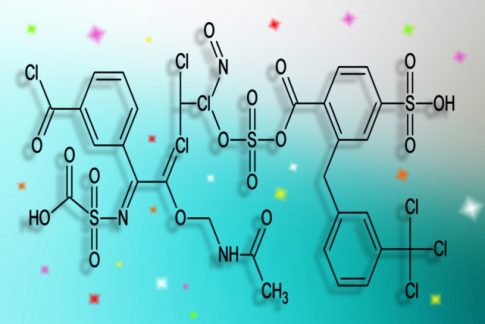Introduction
AGA (androgenetic alopecia) and female pattern alopecia (FAGA) are the most common forms of hair loss that occur in both men and women. These alopecias have different causes and progression patterns, and the treatments vary accordingly. In this article, we will explain in detail the differences between AGA and female pattern baldness, and the treatments for each.
Difference between AGA and female pattern baldness
1. Reason
AGA (androgenetic alopecia):
The main cause is male hormones (androgens), especially DHT (dihydrotestosterone), which acts on the hair follicle and shortens the hair growth cycle.
Genetic factors also play a large role.
Female pattern hair loss (FAGA):
The main cause is a change in hormonal balance, especially a decrease in estrogen. It often occurs after menopause.
Stress, nutritional deficiencies, and thyroid abnormalities also play a role.
There is also a genetic factor, but it is less pronounced than in men.
2. Symptoms and progression pattern
BUT:
It progresses from the front and top of the head.
The most common pattern is an M-shaped receding hairline and thinning at the top of the head.
Female pattern hair loss (FAGA):
The entire crown of the head tends to become thinner evenly.
The hairline is often relatively preserved.
Treatment for AGA
1. Oral medicine
Finasteride:
It slows down the progression of AGA by inhibiting 5α-reductase and preventing the production of DHT.
Dutasteride:
It inhibits 5α-reductase more strongly than finasteride.
2. Topical medicines
Minoxidil:
It promotes hair growth by increasing blood circulation and providing nutrients to the hair follicles.

3. Other treatments
Hair transplant surgery:
This surgery involves transplanting your own hair into the thinning area, so you can expect a natural-looking result.
Laser treatment:
A low-power laser is used to stimulate blood circulation in the scalp.
PRP therapy:
It uses your own blood and injects platelet-rich plasma into your scalp to stimulate hair growth.
Treatment for female pattern baldness
1. Oral medicine
Spironolactone:
It is an anti-androgen drug and is effective in suppressing the progression of female pattern hair loss.
Finasteride:
It may also be used by women, but it should be avoided during pregnancy or breastfeeding.
2. Topical medicines
Minoxidil:
It is effective for female pattern hair loss as well as for men. Low concentration products are used for women.
3. Other treatments
Hormone replacement therapy:
It may be used to address hormonal changes after menopause.
Low power laser treatment:
Promotes blood circulation in the scalp and helps hair growth.
PRP therapy:
It uses your own blood and injects it into your scalp to stimulate hair growth.
Comparison of AGA and female pattern baldness
| Features | AGA (androgenetic alopecia) | Female pattern hair loss (FAGA) |
| Reason | DHT, genetics | Hormone balance, stress, nutritional deficiencies, genetics |
| Symptoms | M-shaped receding, thinning hair on the top of the head | Thinning hair on the entire top of the head, hairline maintained |
| Oral medicine | finasteride, dutasteride | spironolactone, finasteride |
| Topical medicine | minoxidil | Minoxidil (low concentration) |
| Other treatments | Hair transplant surgery, laser treatment, PRP therapy | Hormone replacement therapy, low-power laser therapy, PRP therapy |
Summary
AGA and female pattern baldness have different causes, symptoms, and progression patterns, so treatments appropriate for each are required. For men, oral and topical medications that suppress DHT production, as well as surgery, are effective. For women, on the other hand, the main treatments are hormonal balance adjustment, anti-androgens, and topical medications. By choosing the appropriate treatment and taking early measures, it is possible to suppress the progression of hair thinning and maintain healthy hair.
We hope that through appropriate treatment and care, many people suffering from AGA or female pattern baldness can regain their confidence and live fulfilling lives. Understand the treatments that suit each symptom and take effective measures to alleviate your hair loss concerns.










